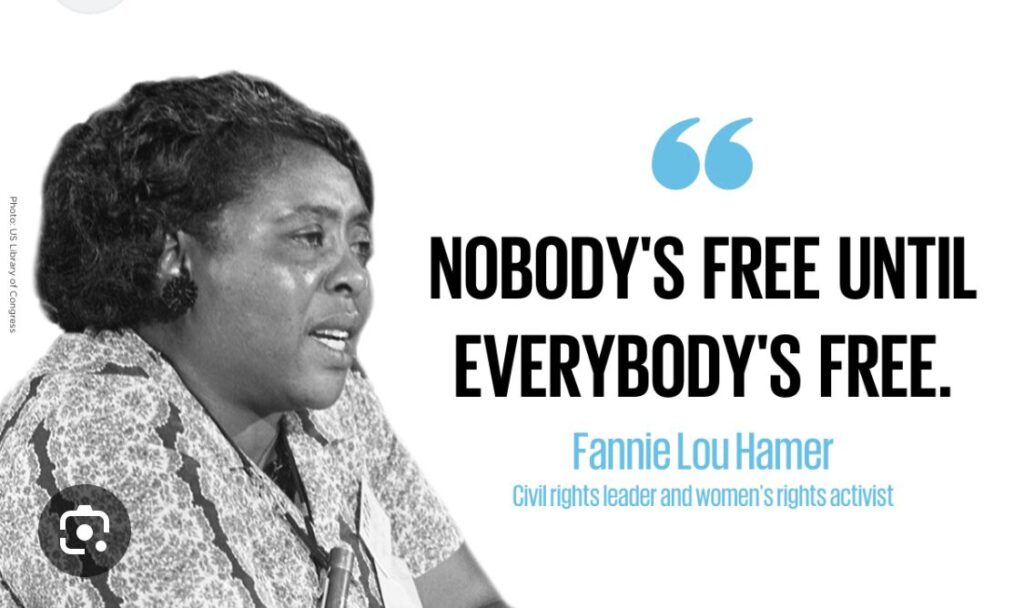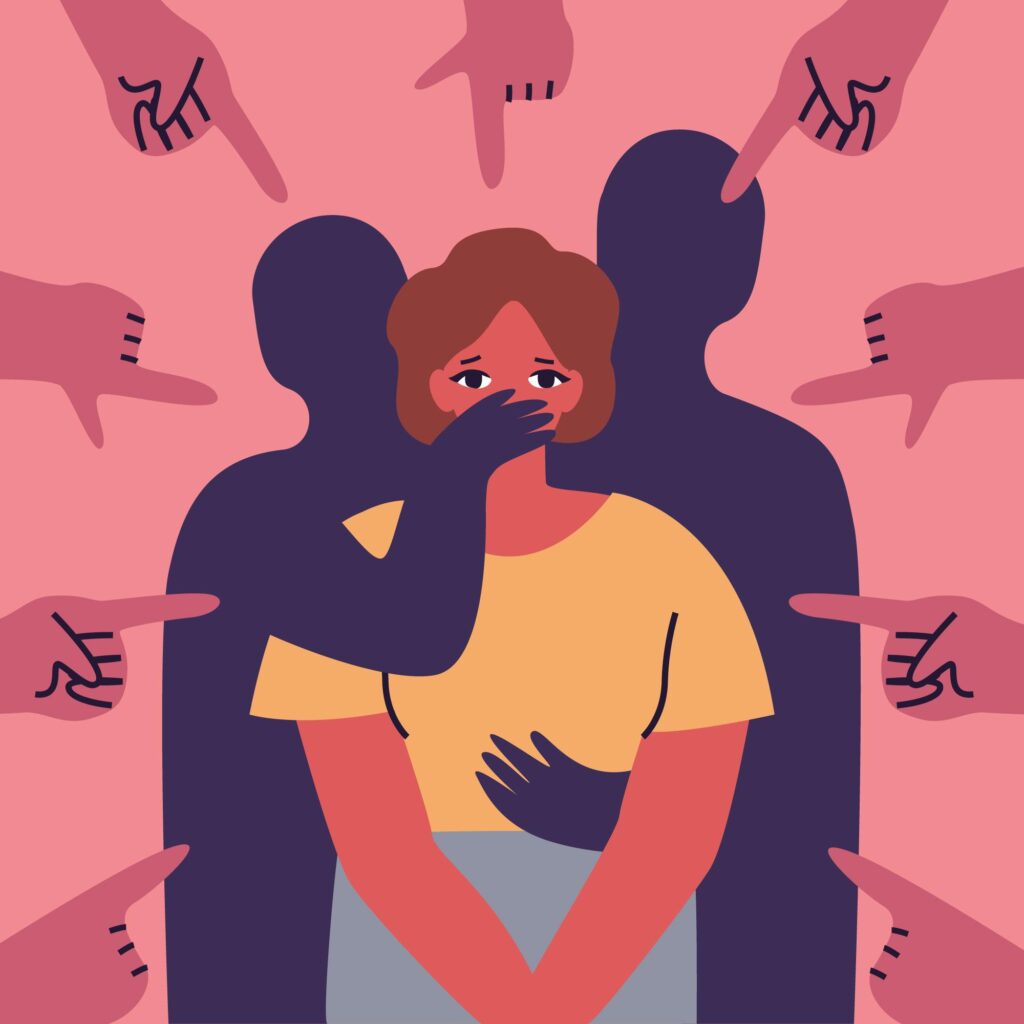Another world is not only possible, she is on her way. On a quiet day, I can hear her breathing- Arundhati Roy
While I write the above quote, I only feel exhaustion. Many girls are escapists of Female Infanticide where female fetuses are selectively aborted due to a preference for male children. Our life seems to be an obstacle race and we continue to dodge each challenge. There are different forms of gender disparity in India.
Violence against women is a deeply concerning issue, and it can manifest at various stages of life. Here’s an overview of the types of violence that Indian women may face from birth.
- Discrimination in Education: Be it access to education or the school or college they are sent to and most importantly many girls are still sent to college only to ensure they get a good groom. This can limit their future opportunities and reinforce gender disparities. While there has been progress in female literacy rates, a gender gap in education persists. In 2018, the literacy rate for males in India was about 82%, while for females, it was approximately only 65%, according to UNESCO.
- Sexual Abuse: Sexual abuse and harassment, including child sexual abuse especially the perpetrators are family members, relatives, acquaintances or strangers.
- Child Marriage: Many girls are forced into child marriages, which often lead to early pregnancies, limiting their educational and career prospects and exposing them to early motherhood-related health risks. One of the impacts of COVID-19 also was an increase in Child marriages wherein many girls dropped out of school post-Covid.
- Honour Killings: In many communities, honour killings are used to punish women for perceived violations of social or cultural norms for choosing their own partners or marrying outside their caste.
- Trafficking: Indian women and girls are vulnerable to human trafficking for various purposes, including forced labour and sexual exploitation.
- Cyber Harassment: With the growth of technology, many women in India also face online harassment, including cyberbullying and online stalking.
- Gender-Based Violence: Gender-based violence is a significant issue in India. In 2019, the National Crime Records Bureau reported over 4,00,000 crimes against women, including cases of rape and domestic violence.
- Healthcare Disparities: Gender disparities exist in access to healthcare. For example, the maternal mortality ratio in India was 113 per 1,00,000 live births in 2016-2018, according to the World Bank.
- Workforce Participation: The female labour force participation rate in India has been declining. In 2020, it was approximately 20.7%, according to data from the World Bank.
- Discrimination at Work: In the workplace, Indian women may experience discrimination and harassment, which can hinder their career advancement or even their career.
- Gender Pay Gap: Women across the globe typically earn less than men. As of 2020, the gender pay gap in India was estimated to be around 19%, according to the International Labour Organization (ILO).
- Political Representation: Women’s representation in Indian politics remains relatively low. At present, there are 82 women in the Lok Sabha which amounts to 15% of its members. The Share of women parliamentarians has never exceeded the 15% mark in over 70 years of India’s electoral history. When considered as a share of the total candidates who participated in the 2019 general election, their share is even lower at 9%. The share of women candidates has never exceeded the 9% mark. Women members formed less than 10% of Legislative Assemblies in 20 States and Union Territories. In Tamil Nadu, which is boasted as a land for social justice, equality and women’s empowerment, women’s liberation is only at 5.1%.
- Domestic Violence: After marriage, domestic violence both physically and mentally is a significant concern. Physical, emotional, and economic abuse can have devastating effects on women’s physical and mental health.
- Dowry-Related Violence: Dowry-related violence, including dowry deaths, continues to be a problem in many parts of India. Women face abuse and violence due to disputes over dowries.

Even after crossing all these barriers, the day calls for attention once again to the frequently overlooked problem of suicide among housewives. Even since India began categorising suicide data by occupation, housewives have consistently ranked among the top two groups. This trend held true for 2021, the most recent year for which data are available. The number of women who died by suicide in India reached a peak of 45,026 in 2021. More than half of them were housewives. The share of housewives in total female suicides has remained above the 50% mark for several years now. The share of housewives in overall suicides has remained around the 15% mark for many years. Over 30% of all suicides (Men and Women) were due to issues relating to family or marriage.
The data is alarming, in general, across years, economically better States in the south featured on top of the list of suicide rates. In 2021, among the major States, Kerala, Tamil Nadu, Telangana and Karnataka were featured at the top of this list. In the South, where female literacy rates are comparatively high and women have greater access to mass media, there tends to be a clash between modern perspectives and traditional societal norms. In contrast, the pushback against traditional expectations is less pronounced in the north, partly due to lower levels of exposure among women.

The National Family Health Survey (2019-21) highlights the challenging circumstances faced by married women, including limited mobility, restricted financial autonomy, and marital control, as well as physical, sexual, and emotional abuse in the hands of their spouses. It also shows that many women seldom seek external assistance and endure the attack on their freedoms in silence. Additionally, the data show that women in the lowest income bracket experience greater levels of violence and less freedom compared to those from wealthier households.
The major factors contributing to domestic violence, but not limited to, are:
- Jealousy or anger if the wife talks to other men.
- Frequently wife is accused of being unfaithful.
- Not permitting the wife to meet her female friends.
- Limiting her contact with her family.
- Insisting on knowing where she is at all times.
- Not trusting her with money.
This is the exact reason why Indian wives, like women everywhere, should consider achieving financial independence for several important reasons:
- Financial Security: Financial independence provides a sense of security. It ensures that a woman can support herself and her family in case of unforeseen circumstances, such as divorce, the death of a spouse, or economic downturns.
- Empowerment: Financial independence empowers women to make choices about their lives and careers. It allows them to pursue their goals and ambitions, whether that involves further education, starting a business, or pursuing a career.
- Reduced Vulnerability: Financial dependence on a spouse can make women vulnerable to exploitation or abuse in some cases. Being financially independent gives them the freedom to make choices based on their own best interests.
- Equal Partnerships: Financial independence promotes equality within marriages. When both spouses contribute financially, it can lead to more balanced and harmonious partnerships where responsibilities are shared.
- Setting an Example: Financial independence sets a positive example for children, teaching them the importance of self-reliance and equality. It helps break down traditional gender stereotypes.
- Retirement Planning: Financial independence ensures that women are better prepared for their retirement years. It allows them to save and invest for their future, rather than relying solely on their spouse’s savings or pensions.
- Career Fulfillment: Many women find fulfilment in their careers and professional pursuits. Financial independence allows them to pursue these passions and achieve personal satisfaction.
- Contribution to Family Finances: Financially independent wives can contribute to the family’s overall financial well-being, which can lead to increased financial stability and opportunities for the entire family.
- Reducing Economic Disparities: Encouraging financial independence among women can contribute to reducing gender-based economic disparities in society, leading to a more equitable and inclusive society.

In conclusion, there needs to be more efforts towards legal reforms, awareness campaigns, and women’s empowerment programs. However, there is still much work to be done to create a society where women are safe, equal, and free from violence at all stages of life. Public awareness, education, and the enforcement of laws protecting women’s rights are crucial steps in combating this issue. The key to financial independence is to have the choice and the financial means to make decisions that align with her values and goals. Achieving financial independence is about providing women with opportunities, choices, and the ability to control their own destinies.
Source of information:
- 2019, the National Crime Records Bureau’s “Accidental Deaths and Suicides in India”
- 2020, International Labour Organization (ILO).pay disparity
- 2020 world bank report on workforce participation, healthcare disparities
- 2019-21, The National Family Health Survey
About the author
Kavitha Pandian

Kavitha Pandian is working in an IT company in the USA as a practice manager. She runs many initiatives including the Save Tamilnadu Farmer, Our Village Our Responsibility, and Adopt a Village and extends financial support and scholarship to underprivileged children for education, and betterment of rural life and has supported the people of Tamil Nadu during major natural disasters including Gaja and Covid. She has received many awards including ‘The Women Achievers Award’ by FeTNA, USA, in 2022. She also was felicitated by the District Collector, Virudhunagar during the 75th Independence Day celebrations, 2022, for her work towards infrastructure.



